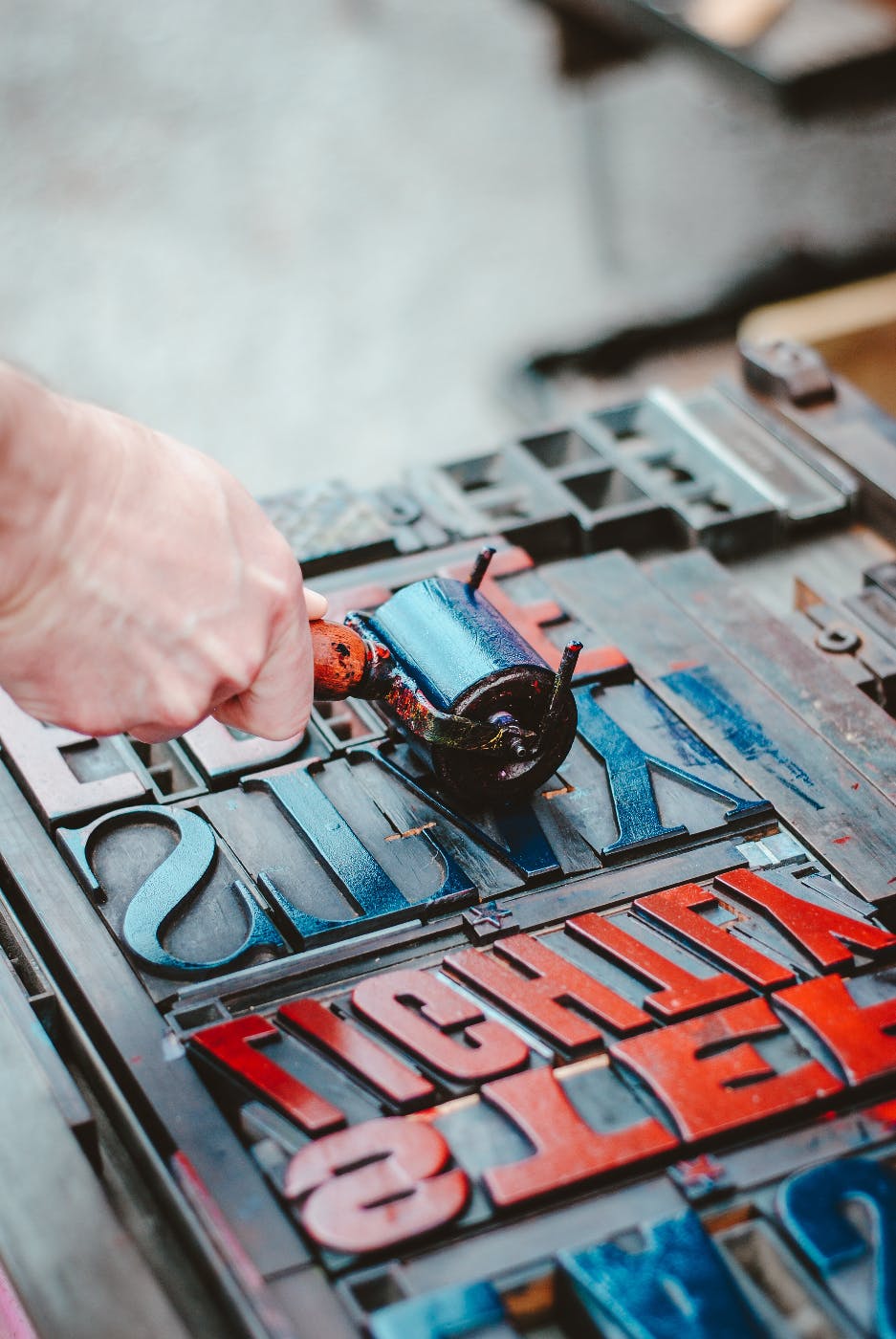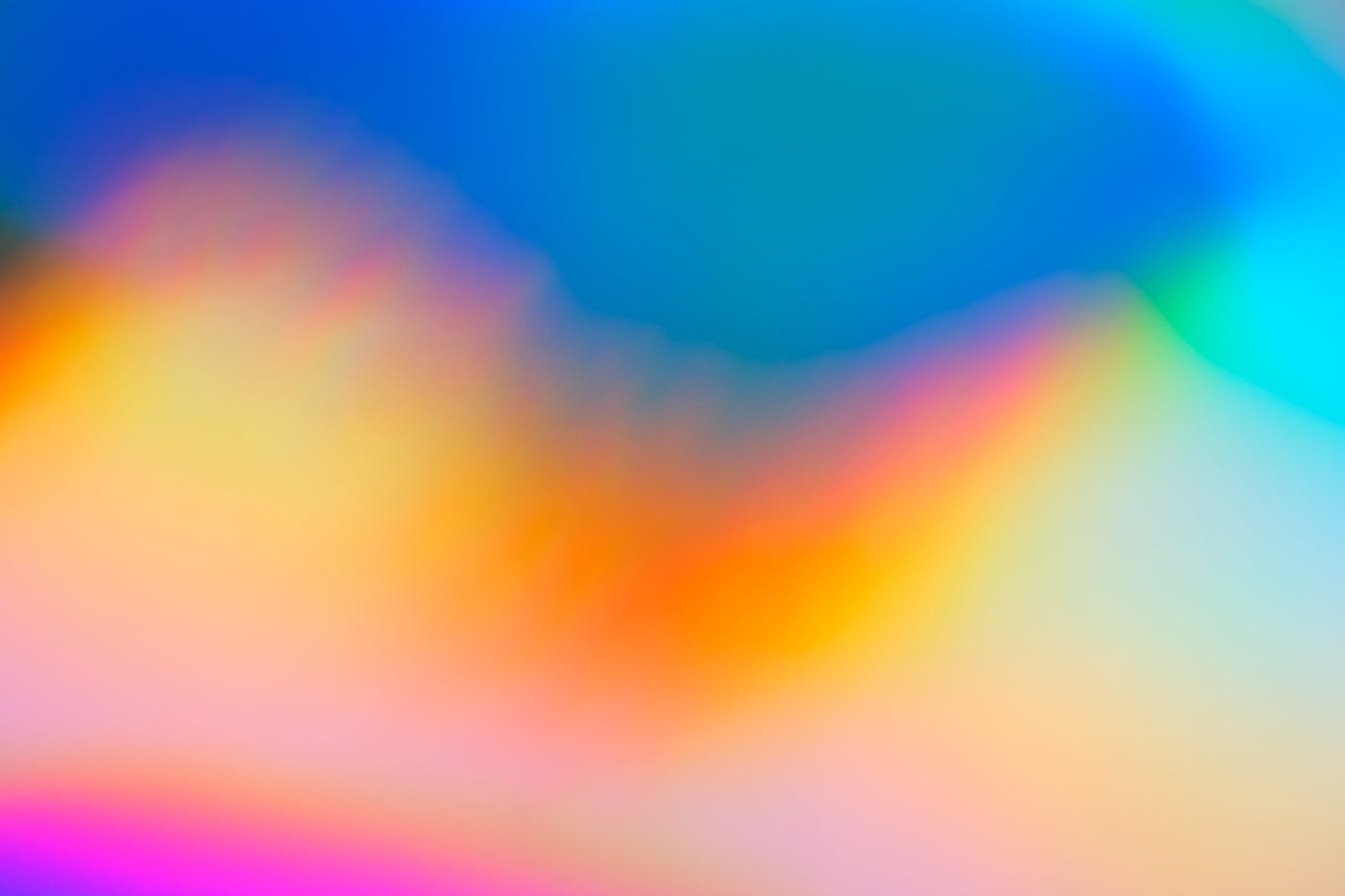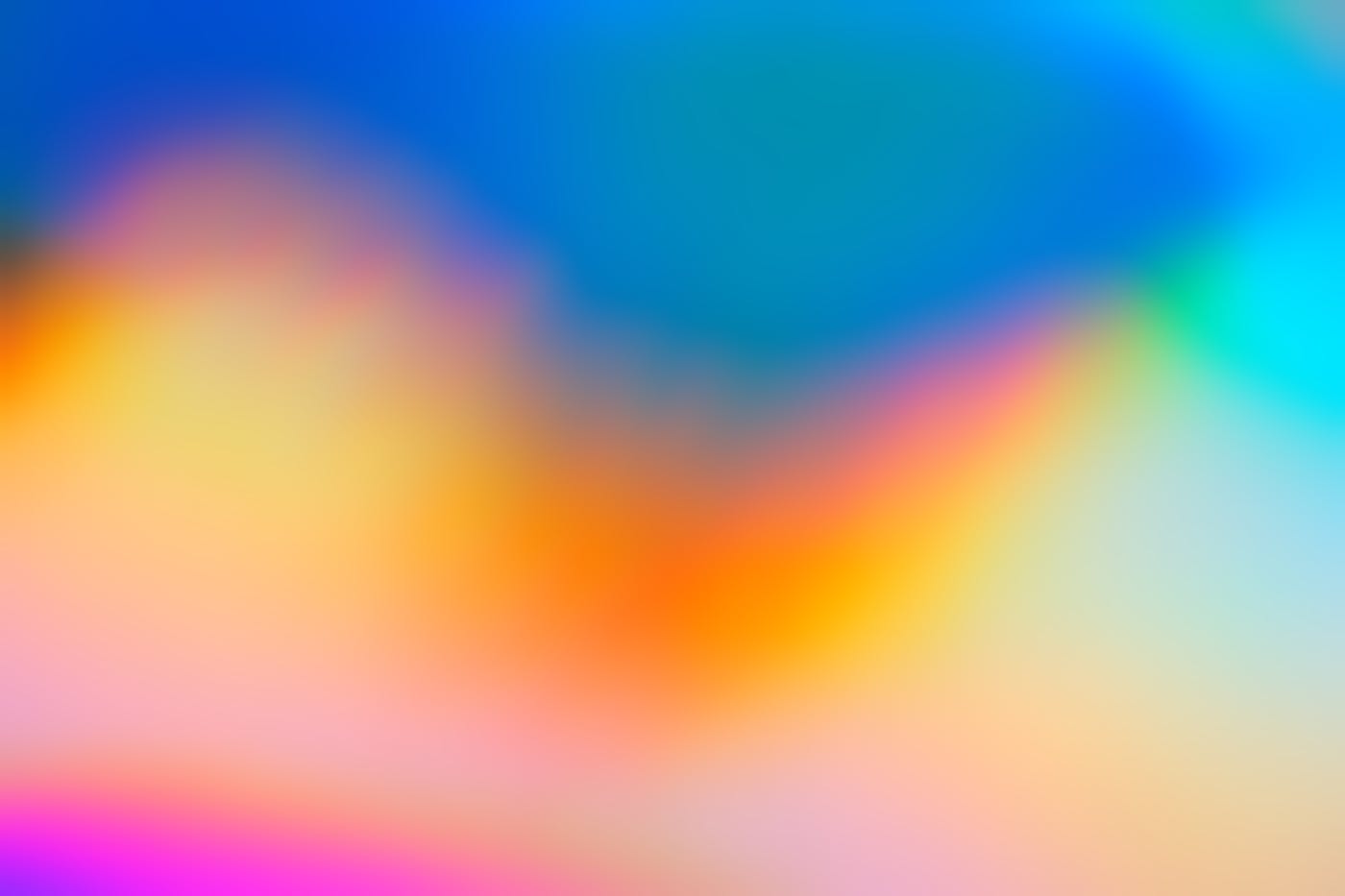
Color is a fundamental element that can influence the way people perceive a website and, by extension, the brand or content it represents.
In the world of web design, aesthetics play a pivotal role in capturing the attention of users and conveying the intended message. Color is a fundamental element that can influence how people perceive a website and, by extension, the brand or content it represents. This is where color psychology in web design comes into play, as it delves into the intricate relationship between color choices and the emotional and psychological responses they trigger. In this exploration, we will uncover the principles of color psychology in web design and how it can be harnessed to create websites that make the right impression on visitors.
The Basics of Color Psychology
Color psychology is a branch of psychology that studies how colors can affect human emotions, behaviors, and perceptions. In web design, it is used to harness the power of colors to influence users' actions and feelings. Understanding the basics of color psychology is essential to making informed decisions when selecting color palettes for websites.
- Warm Colors: Warm colors like red, orange, and yellow tend to evoke emotions such as excitement, passion, and optimism. They can be used to draw attention to specific elements or create a sense of urgency.
- Cool Colors: Cool colors such as blue, green, and purple are associated with calm, trust, and relaxation. They are often used in web design to convey a sense of professionalism and trustworthiness.
- Neutral Colors: Neutral colors like black, white, and gray provide balance and contrast. They can be used as a backdrop for other colors or to create a minimalist and modern look.
Building Trust and Credibility
Trust and credibility are essential factors in web design, especially for businesses and e-commerce websites. The choice of colors can significantly impact how users perceive a website's trustworthiness. Blue, in particular, is often used to instill a sense of trust and reliability. For example, financial institutions and social media platforms frequently use shades of blue in their designs.
Creating a Strong Brand Identity
Color plays a central role in establishing a brand's identity. When a website consistently uses specific colors associated with its brand, it helps reinforce brand recognition and loyalty. Think of the vibrant red of Coca-Cola or the soothing green of Starbucks – these colors have become synonymous with the brands themselves.
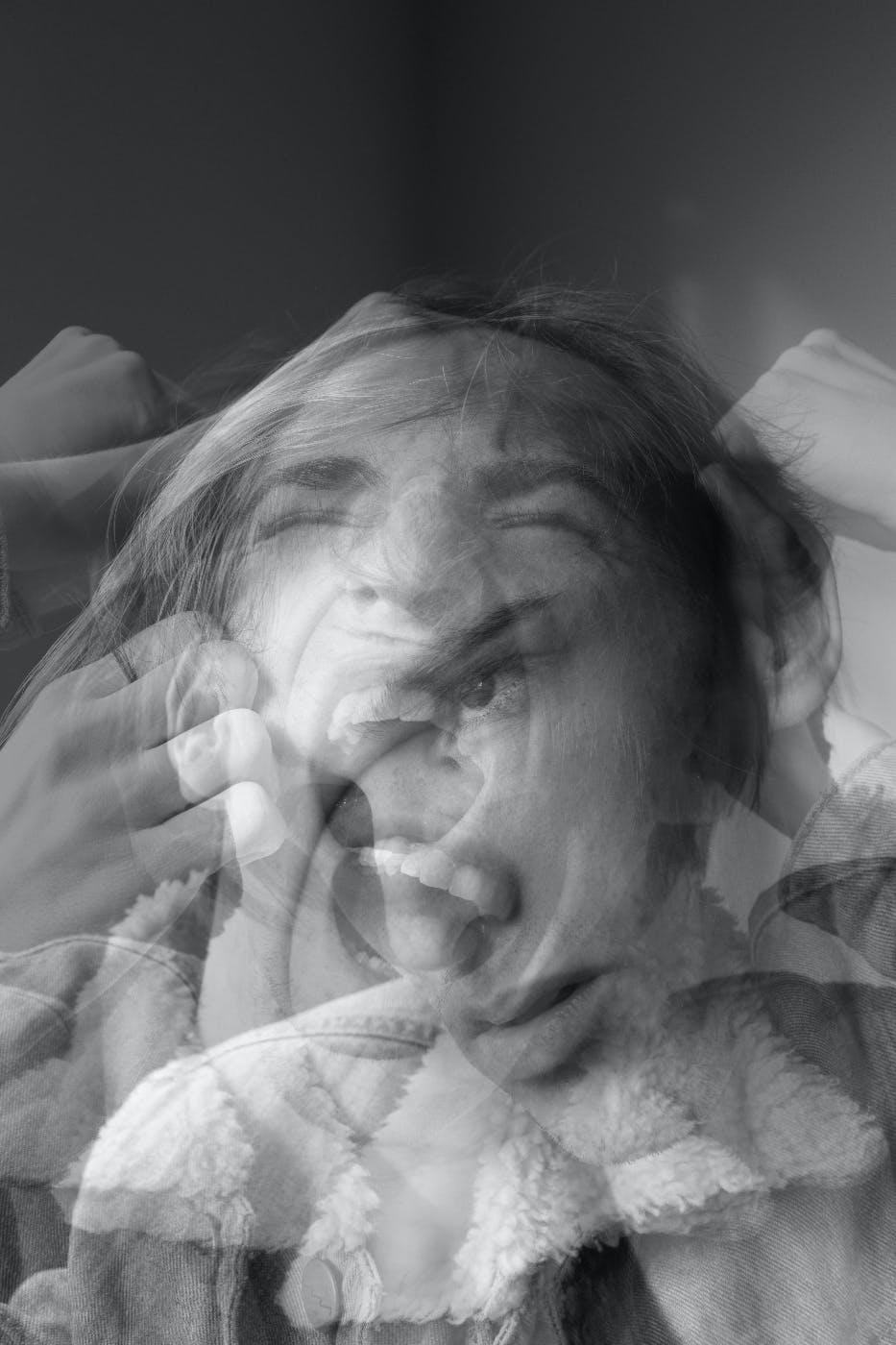
Conveying Emotions and Moods
Different colors can evoke specific emotions and moods. Understanding this can help web designers choose the right colors to communicate the intended message. For instance, a spa or wellness website may employ shades of green and blue to convey a calming and peaceful atmosphere, while a children's toy store may use bright and cheerful colors like yellow and red to create excitement and joy.
Enhancing User Experience
An effective web design captures attention and ensures a seamless user experience. Colors can be used to guide users through a website, making it easier for them to navigate and find the information they seek. This involves using contrasting colors for call-to-action buttons and links to ensure they stand out and are easily clickable.
Cultural and Contextual Considerations
It's crucial to be mindful of cultural and contextual differences when selecting colors for web design. Colors can carry different meanings in various cultures. For instance, in Western cultures, white is often associated with purity and cleanliness, while in some Asian cultures, it can symbolize mourning or death. Understanding these nuances is vital to avoid potential misinterpretations and cultural insensitivity.
The Impact of Color Combinations
While individual colors can evoke specific emotions, the way they interact with one another is equally important. The right color combinations can enhance a website's overall aesthetic and messaging. Complementary colors create contrast and make elements stand out, while analogous colors create a harmonious and soothing look.
Responsiveness and Accessibility
Inclusive design is a growing consideration in web development. Web designers need to ensure that their color choices meet accessibility standards and can be perceived by users with visual impairments. This involves using color contrasts, alternative text, and ensuring that important information is not conveyed solely through color cues.
A/B Testing and Iteration
Web design is an iterative process, and color choices should be subject to A/B testing. This involves creating two versions of a webpage with different color schemes and assessing which one performs better in terms of user engagement and conversions. Data-driven decisions can lead to more effective web designs.
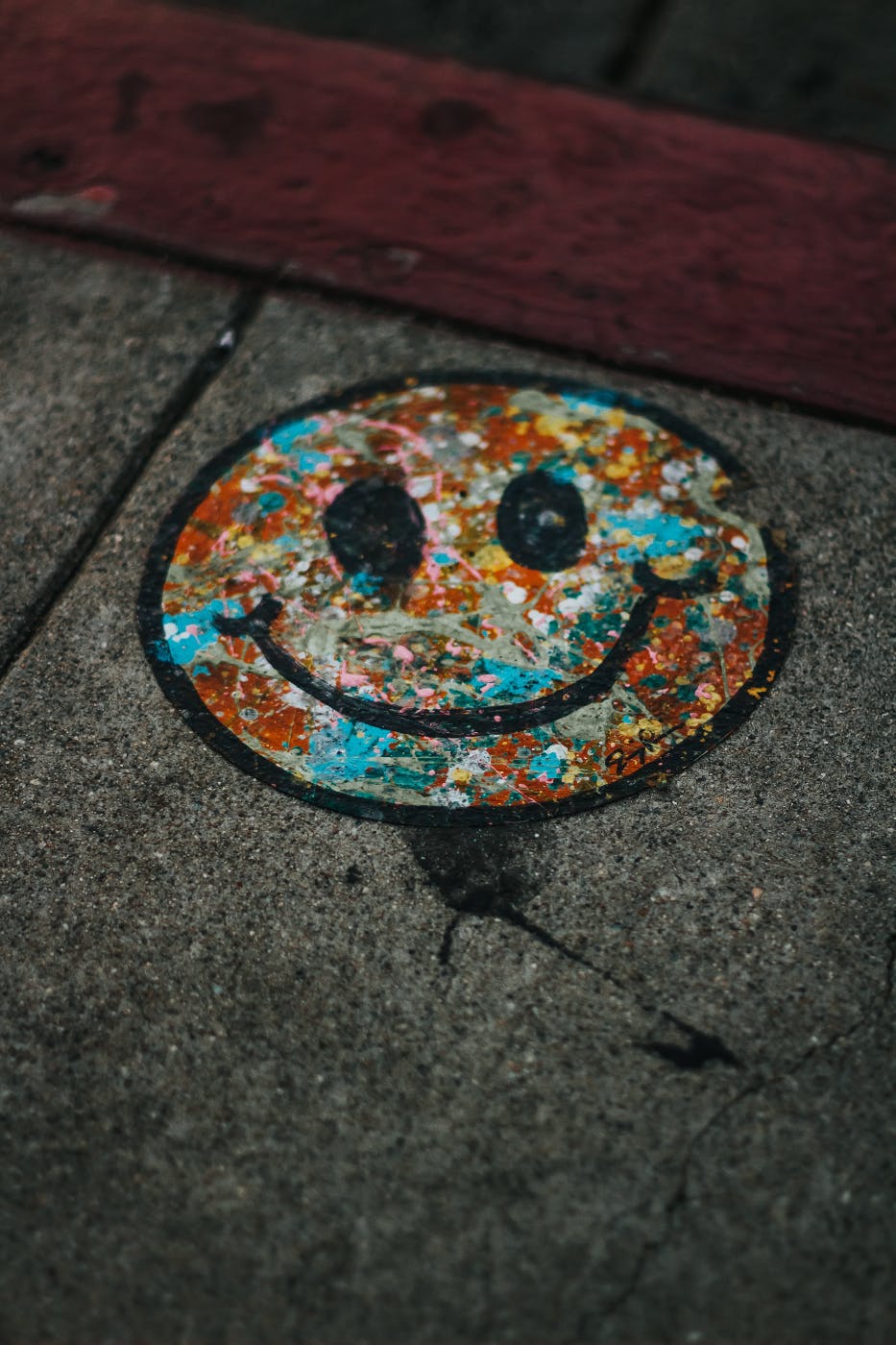
Case Studies and Best Practices
To illustrate the practical applications of color psychology in web design, let's look at a few case studies and best practices:
- Facebook: The use of blue conveys trust and reliability, which aligns with the platform's goal of connecting people.
- Apple: Apple's use of white and minimalist design creates a sense of elegance and simplicity, emphasizing the brand's focus on innovation.
- Coca-Cola: The brand's signature red and white color scheme creates a vibrant and exciting image, suitable for a beverage that's all about enjoyment.
Summing Up
Color psychology in web design is a powerful tool that shapes user perceptions, influences behavior, and ultimately makes the right impression. While guidelines and best practices exist, every website is unique, and color choices should align with its specific goals and target audience. By harnessing the principles of color psychology, web designers can create visually engaging and emotionally resonant websites that leave a lasting impact on visitors.
You Should Know
ThoughtLab is a dynamic and innovative full-service creative agency renowned for its exceptional branding prowess and relentless commitment to thinking outside the box. With a team of visionary creatives, strategists, Web3, and marketing experts, plus decades of superior website design, ThoughtLab consistently delivers groundbreaking solutions that redefine the boundaries of branding and design. They understand that breaking away from convention and embracing bold, unique ideas is vital in today's fast-paced and competitive landscape.
ThoughtLab's approach involves immersing themselves in their client's businesses, understanding their values and aspirations, and crafting tailor-made branding experiences that resonate deeply with the target audience. Their track record of success stands as a testament to their ability to push creative boundaries, captivate audiences, and ensure their client's brands stand out amidst the noise. With a focus on innovation and a passion for excellence, ThoughtLab continues to be at the forefront of revolutionizing the world of branding and marketing. Contact ThoughtLab today.
